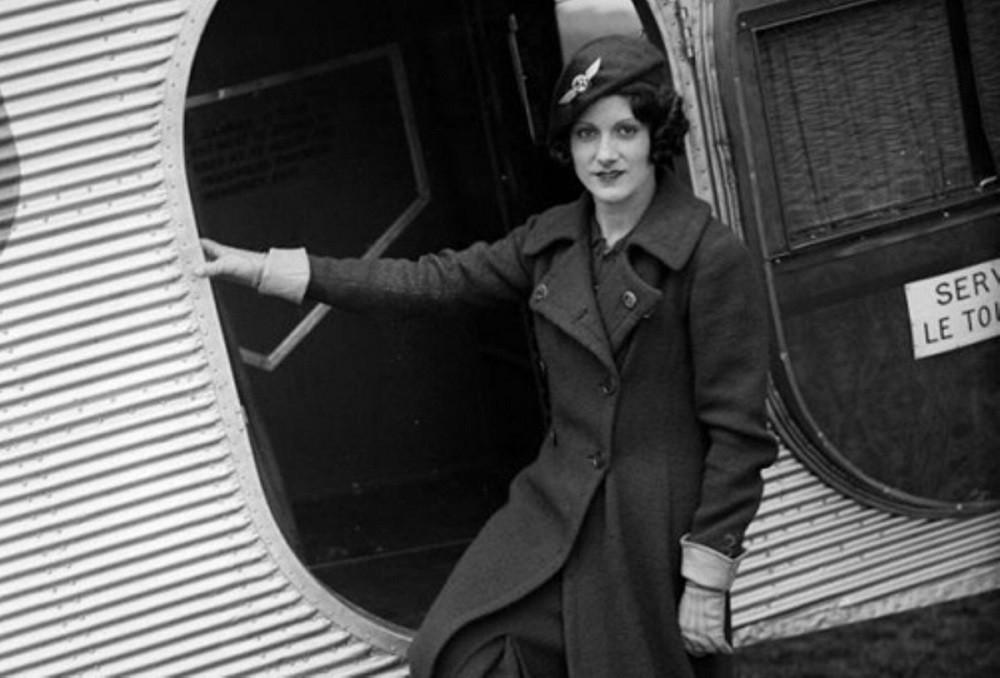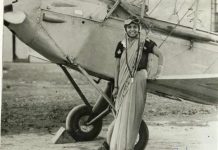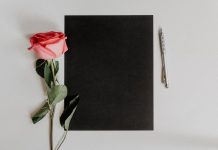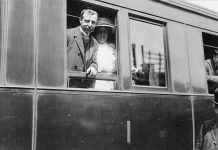On 22 September, 1904, a woman was born in a small town in rural Iowa. She’d later make aviation history and change women’s role in the world of work.
Ellen Church was a child with a big personality and a head full of dreams who chose an adventurous life rather than fulfilling her allotted destiny of carrying on the family farm and becoming a model housewife. That’s why she decided to get a bachelor’s degree in nursing at the University of Minnesota, starting to work at San Francisco’s French Hospital.
During the years following World War I, aeroplanes started to be employed in civil aviation and Ellen, always curious and attentive to change, began to harbour another great desire: to become a pilot.
Between shifts during her nursing apprenticeship, Ellen Church obtained her private pilot licence. It’s normal today, but was unthinkable at that time: no airline in the world would ever have entrusted the control of a plane to a woman. But she was determined to fly and didn’t give up.
On 23 February, 1930, she approached Steve Simpson at Boeing Air Transport to inquire about a job as a pilot. When Simpson literally laughed out loud at her request, Ellen made a revolutionary counter-proposal: to work as a nurse in flight, assisting passengers who were afraid to fly.
Simpson found it interesting: “If a woman can fly, imagine a man?” he said.
As proposed by Ellen, BAT agreed to start a three-month experiment. In those years, the flight attendant was a man’s job, first and foremost the German Heinrich Kubis that we talked about in THIS article. But Ellen Church’s brilliant initiative to captain a group of in-flight nurses called “The Original Eight”, consisting of Alva Johnson, Margaret Arnott, Inez Keller Fuite, Cornelia Peterman, Harriet Fry Iden, Jessie Carter and Ellis Crawford, was a success and legitimised women’s role on aeroplanes. More patient, more welcoming, more pleasant, women were able to handle the more demanding passengers and those who were scared of flying for the first time.
On 15 May, 1930, Ellen boarded eleven passengers from San Francisco to Chicago. Female flight attendants (who had to be strictly unmarried, good-looking and not weigh more than 53kg!) were employed by every air company in the world. Their beauty and elegant professionalism generated a veritable fashion. Hairstyle, make-up, uniforms ever closer to haute couture, visible ankles and wasp waists turned them into icons of elegance and style.
Church’s mission had come to an end. During World War II she joined the Army Nurse Corps – Air Evacuation Service as a nurse and was awarded the prestigious Air Medal, granted to very few women.
(photo wikimedia commons)




